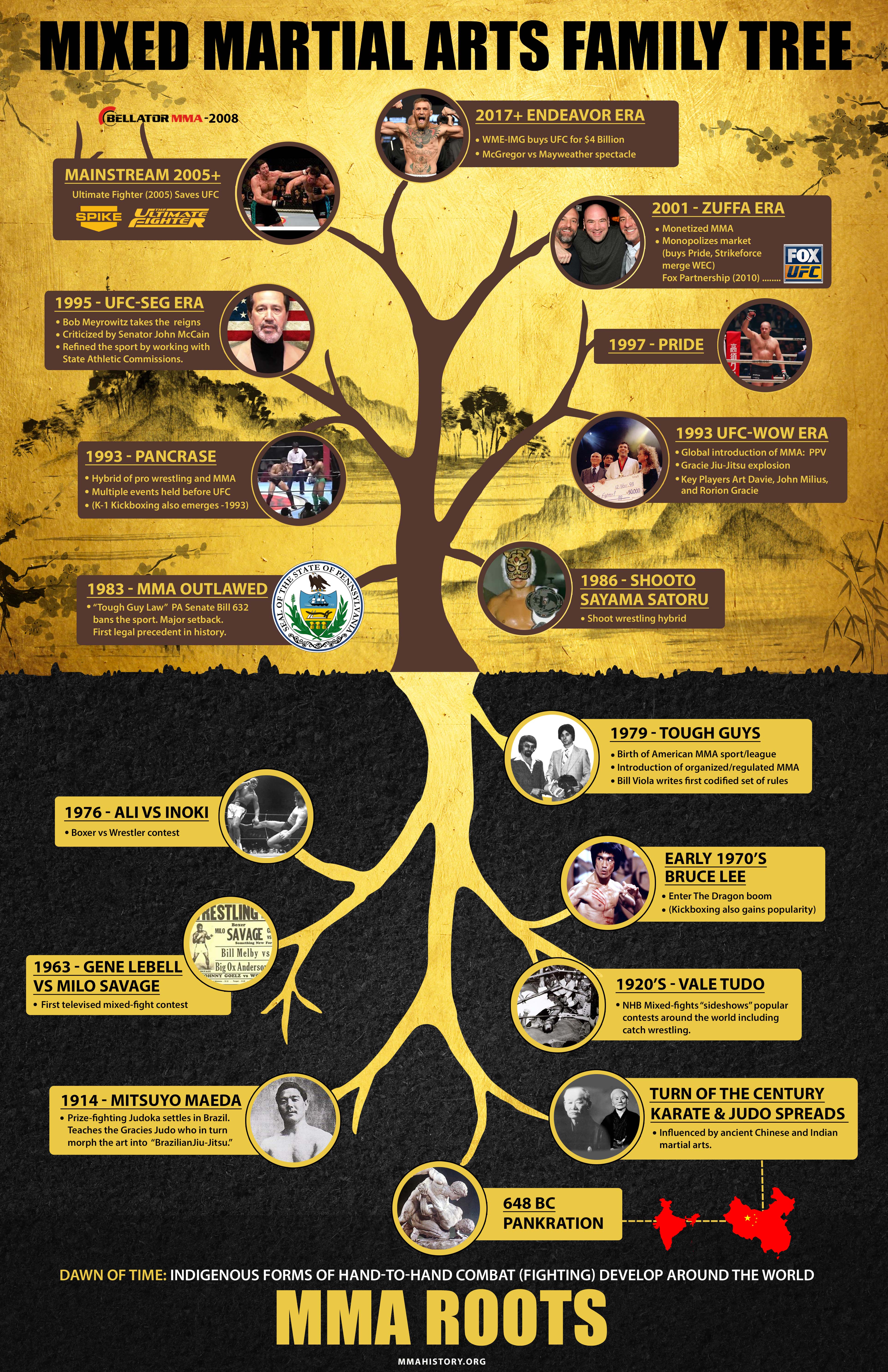The History And Viewpoint Of Fighting Style: A Deep Dive
The History And Viewpoint Of Fighting Style: A Deep Dive
Blog Article
Author-Gentry Barbour
Enter the ancient world where martial arts were substantiated of necessity in diverse areas. Societies crafted unique combating styles intertwined with historical contexts. https://communityimpact.com/houston/pearland-friendswood/business/2023/07/31/new-martial-arts-gym-rolls-into-pearland/ evolved over centuries with devoted practice and social exchanges. Today, modern-day martial arts mix traditional aspects for optimal performance. Philosophically, martial arts highlight self-control, self-improvement, and harmony. martial arts for older adults , humbleness, and balance are fundamental concepts guiding practitioners towards development and durability. Check out the depths of this rich history and philosophy to reveal the extensive impacts forming this long-lasting technique.
Beginnings of Fighting Style
Fighting style originated in numerous regions around the globe, evolving as functional fight systems to defend against hazards. These old combating designs were created out of necessity, with each society crafting strategies fit to their one-of-a-kind atmospheres and challenges. From https://beckettnuzfl.59bloggers.com/26947312/from-victim-to-victor-transform-your-life-with-self-defense-training grappling arts of Jujutsu in Japan to the striking strategies of Martial art in China, martial arts were deeply intertwined with the historic, social, and cultural fabric of their corresponding societies.
In Japan, the samurai class refined martial arts like Kenjutsu, the art of the sword, which later on progressed right into the a lot more promoted kind of Kendo. On the other hand, in Brazil, Capoeira emerged as a blend of dancing and fight, created by enslaved Africans as a method to stand up to injustice. Each martial art lugs with it a rich background and philosophy, showing the worths and beliefs of the people who practiced them.
As you look into the beginnings of martial arts, you discover a tapestry of human resourcefulness, resilience, and the stubborn spirit of warriors throughout time.
Advancement of Methods
With centuries of practice and refinement, combat techniques within numerous martial arts have actually undergone a profound evolution. From old designs like Martial art and Martial arts to more contemporary techniques such as Brazilian Jiu-Jitsu and Krav Maga, the development of methods has been driven by a combination of social influences, practical applications, and technological innovations.
One considerable facet of this development is the cross-pollination of techniques in between various martial arts. As an example, techniques from conventional Japanese Jiu-Jitsu were incorporated right into the development of Judo by Jigoro Kano in the late 19th century. This mixing of styles has actually resulted in the advancement of hybrid martial arts like Mixed Martial Arts (MMA), which incorporate components of striking, grappling, and entry strategies.
Additionally, the evolution of strategies has been formed by the raising emphasis on effectiveness and effectiveness in combat. Specialists have continuously looked for to improve their techniques via rigorous training, testing, and competitors, causing the development of extremely specialized and efficient fighting designs. In general, the evolution of techniques in martial arts shows the dynamic nature of battle and the continuous mission for renovation and development.
Philosophical Structures
Exploring the underlying philosophical principles of martial arts gives understanding into their core values and guiding ideas. At the heart of numerous martial arts self-controls is the concept of self-control itself. By educating your mind and body to serve as one natural device, you cultivate discipline that prolongs past the dojo or gym into daily life. This self-control incorporates regard, humility, and self-control, shaping not simply your physical capacities but additionally your character.
An additional essential philosophical foundation in martial arts is the concept of continuous self-improvement. The trip of grasping a martial art is perpetual, with professionals frequently making every effort to much better themselves, both physically and psychologically. This concentrate on growth promotes durability, willpower, and a growth way of thinking that can be related to all elements of life.
Furthermore, martial arts highlight the value of consistency and balance. Techniques are made to use a challenger's power against them, highlighting the principle of yielding and redirecting pressure rather than satisfying it head-on. This philosophy includes social relationships, advertising serene resolutions and good understanding. By accepting these thoughtful structures, martial artists not only boost their battle skills but likewise grow a way of life fixated individual development, respect, and harmony.
bono kajukenbo
To conclude, the history and ideology of martial arts use a rich tapestry of tradition, discipline, and self-improvement.
Take for example the story of Bruce Lee, that revolutionized martial arts by blending various styles and approaches to produce his own distinct form of Jeet Kune Do.
Via dedication and technology, martial artists continue to press limits and motivate others to reach their full capacity both in battle and in life.
